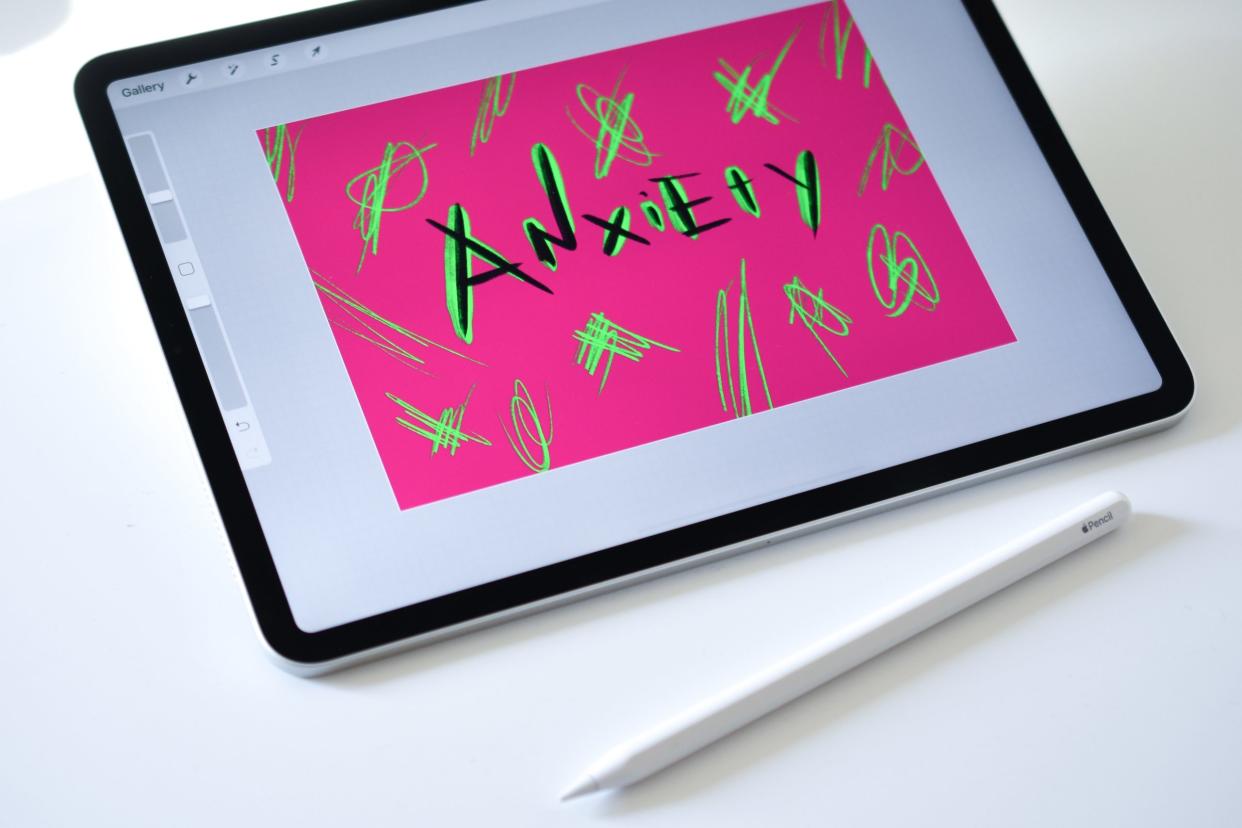9 Surprising Facts About Everyday Anxiety

Everyone gets nervous sometimes. It’s a natural response to an unfamiliar or challenging situation. But if you feel anxious every day, and it disrupts everyday activities, you may be dealing with an anxiety disorder.
Anxiety disorders affect a third of us, making them the most common mental health conditions in the United States. They’re even more common in younger people, and women are twice as likely as men to have an anxiety disorder.
Let’s explore some surprising truths about anxiety and how it impacts the mind and body.
1. Anxiety Can Actually Be Helpful
Yes, anxiety has a purpose! “It helps us identify potential threats in our environment to keep ourselves safe,” says Margaret Distler, M.D., Ph.D., a psychiatrist at UCLA Anxiety Disorders Clinic in Los Angeles. A little anxiety can even sharpen your focus and help you avoid pitfalls in challenging situations.
2. Anxiety Mimics a Physical Threat
Your body reacts to anxiety as if you’re facing danger. “Increased heart rate, fast breathing, sweating … all of those things were evolutionarily designed to help protect us,” explains Dr. Distler. That email with 157 unread messages? It’s your modern-day bear.
3. Prolonged Anxiety Isn’t Normal
It’s common to feel anxious in a stressful situation, but if the feeling lingers, it could be a red flag. “Usually, we look at a time frame of one to six months to see if someone’s anxiety response is excessive,” Dr. Distler explains.
GOTTA READ: 11 Best Products for Thinning Hair
4. There Are 4 Types of Anxiety Disorders
Anxiety comes in different forms: generalized anxiety, phobias, social anxiety, and panic disorder. Each affects people uniquely, and it’s possible to experience more than one at a time. “With generalized anxiety disorder, you worry about everything,” says Angela Neal-Barnett, Ph.D., director of the Program for Research on Anxiety Disorders Among African Americans at Kent State University.
5. Anxiety Can Affect Your Stomach
The mind and body are more connected than you think. “We’ll often see people with stomachaches, heartburn, vomiting, or diarrhea who got a full workup at another doctor, but nothing was found to be wrong. Then we’ll treat the anxiety, and the physical symptoms go away,” says Melissa Shepard, M.D., a Baltimore-based psychiatrist.
6. Anxiety Disorders Often Overlap with Other Conditions
Anxiety disorders frequently coexist with depression, PTSD, or obsessive-compulsive disorder (OCD). In one study, about 46% of people with depression also had an anxiety disorder at some point in their lives, according to the World Health Organization. Here are 5 signs of depression that you should never overlook.
7. It’s Not Just About Worry—It’s About Vigilance
Anxiety can make you hyper-aware of your surroundings and over-plan for the worst. “If somebody has fears about negative outcomes—my boss is going to fire me, my spouse is going to be angry with me, my loved one is going to die in a car accident—they may plan excessively to avoid worst-case scenarios,” says Dr. Distler.
8. You May Have Inherited Your Anxiety from Mom or Dad
Anxiety can run in families, but it’s not as simple as inheriting blue eyes. “It’s not like you have a dominant trait and a recessive trait, like the way some things in our genetics,” says Dr. Distler. “We have many, many, many genes that each have small effects.” What’s more, an anxious parent’s behaviors may also teach children to be cautious and avoid risks.
9. Anxiety Is One of the Most Treatable Mental Health Conditions
Here’s the good news: Anxiety disorders respond well to treatment. “By taking action, there’s a lot to be hopeful for,” says Debra Kissen, Ph.D., a psychologist and spokesperson for the Anxiety and Depression Association of America. Treatments like cognitive behavior therapy (CBT) and exposure therapy, when combined with medication, are highly effective at helping people manage anxiety. If you feel anxious to the point where it disrupts daily life, talk to a therapist or your primary care physician.
Want more quick pick-me-ups? Get ’em delivered right to your inbox.
The post Anxiety and Anxiety Disorders: A Guide for Women appeared first on Mental.


